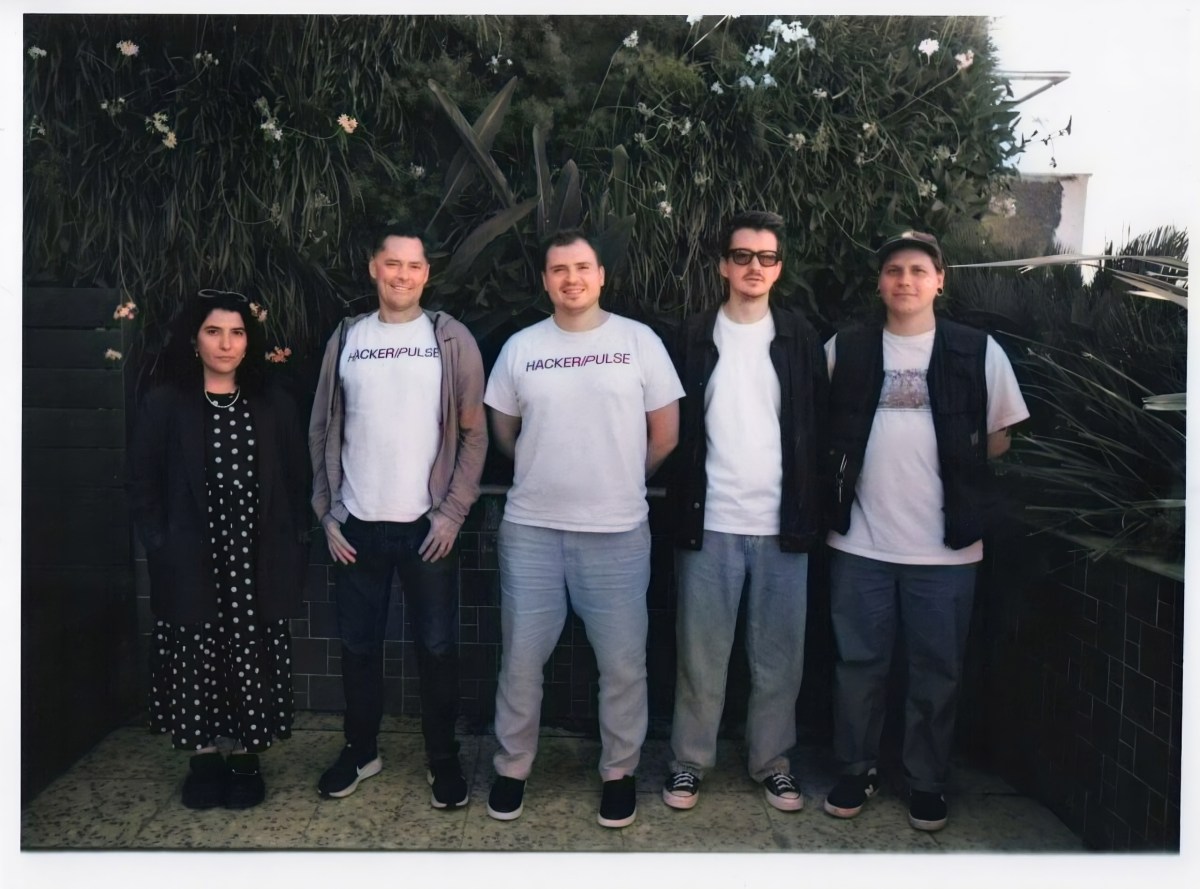Unlocking Efficiency: How HackerPulse Empowers Enterprises to Identify Engineering Bottlenecks
Startups have long been at the forefront of revolutionizing enterprise operations, aiming to enhance processes, reduce manual tasks, and assist managers in identifying inefficiencies within their teams. One of the newest entrants in this space is HackerPulse, a platform designed to provide enterprises with deeper insights into their engineering teams’ activities, helping to pinpoint productivity bottlenecks and streamline workflows.
Overview of HackerPulse
Based in San Francisco, HackerPulse offers an innovative dashboard that seamlessly integrates with popular developer tools such as GitHub, GitLab, and Bitbucket. Additionally, it connects with revenue indicators and user analytics tools, allowing team leaders to gain a comprehensive view of how their engineers allocate their time.
Key Features of the HackerPulse Platform
- Integration with Development Tools: Combines data from various platforms for a holistic overview.
- Focus on Productivity: Helps identify and address productivity bottlenecks within engineering teams.
- Team Building Insights: Aids in forming effective groups for project execution.
Product Philosophy
According to HackerPulse’s co-founder and CEO, Gleb Braverman, the tool is not intended to monitor the number of lines of code produced by engineers. Instead, it aims to foster an environment where managers can enhance their teams’ efficiency. Braverman emphasizes that the platform is designed to assist teams, not to track individual performance for the purpose of downsizing.
“Understanding what exactly the engineering team is doing and where their time is focused is crucial,” Braverman explained. “While this data exists, extracting it typically requires significant effort.”
Origins of HackerPulse
Braverman’s motivation for launching HackerPulse stemmed from a podcast featuring venture capitalist Bill Gurley, who expressed surprise that no one had yet disrupted LinkedIn’s model. This inspired Braverman to collaborate with Alberto Scherb, a former angel investor in his previous venture, Speakezee, which was likened to “Snapchat for voice.”
After launching the initial product in July 2024, HackerPulse quickly garnered 20,000 users. Customer feedback indicated that the technology could be adapted for a broader application.
Target Market and Recent Developments
Currently, HackerPulse is targeting companies with large engineering teams, particularly in industries such as telecom, manufacturing, and logistics—sectors that have been slower to adopt new technologies. The startup has successfully onboarded several enterprise clients, including Preply, Coverflex, and DiscoverCars.
Funding and Future Goals
HackerPulse recently raised $1.5 million in a seed funding round, led by AlTalR Capital, with contributions from Antler and DVC Fund. Notable angel investors from esteemed companies such as Uber, Cloudflare, and Google have also supported the initiative.
While similar solutions have emerged, such as Jellyfish, which has raised over $110 million, Braverman believes HackerPulse stands out due to its focus on team dynamics rather than mere reporting. “We differentiate ourselves by optimizing team operations instead of just generating reports,” he stated.
Looking ahead, HackerPulse aims to increase its annual recurring revenue (ARR) significantly before pursuing a Series A funding round. “Our immediate focus is on expanding our customer base, gathering user feedback, and preparing for the next stage of growth,” Braverman concluded.







